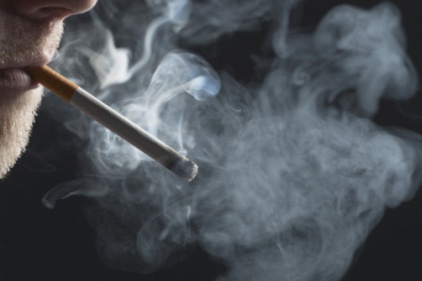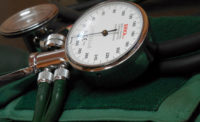 Four out of five U.S. adults report having voluntary smoke-free rules in their homes and three out of four report having voluntary smoke-free rules in their vehicles, according to a study published in the journal Preventing Chronic Disease, a publication of the Centers for Disease Control and Prevention (CDC).
Four out of five U.S. adults report having voluntary smoke-free rules in their homes and three out of four report having voluntary smoke-free rules in their vehicles, according to a study published in the journal Preventing Chronic Disease, a publication of the Centers for Disease Control and Prevention (CDC).
National Adult Tobacco Survey respondents were classified as having smoke-free rules if they never allow smoking inside their homes or vehicles.
The highest prevalence of smoke-free rules in homes and vehicles occurred in states with comprehensive smoke-free laws and longstanding tobacco control programs.
Despite the trend toward smoke-free rules, the study found that almost 11 million non-smoking adults continue to be exposed to secondhand smoke in their home, and almost 17 million non-smoking adults continue to be exposed to secondhand smoke in a vehicle.
Additional study findings include:
- Eighty-one percent of U.S. adults report having smoke-free rules in their homes and 74 percent have smoke-free rules in their vehicles
- Eighty-nine percent of non-smokers report having smoke-free home rules, while only 48 percent of smokers have them.
- Eighty-five percent of non-smokers report having smoke-free vehicle rules, while only 27 percent of smokers have them.
- Secondhand smoke exposure among nonsmokers in homes and vehicles was greatest among men, younger adults, non-Hispanic blacks, and those with a lower level of education.
- Many of the states with the lowest prevalence of smoke-free rules in homes and vehicles are states with a high prevalence of adult smoking.
Exposure to secondhand smoke causes heart disease and lung cancer in adult non-smokers. In children, secondhand smoke exposure causes more severe and frequent asthma attacks, acute respiratory infections, ear infections and sudden infant death syndrome (SIDS). Secondhand smoke exposure is responsible for an estimated 50,000 deaths each year in the United States.
The Surgeon General has concluded there is no safe level of exposure to secondhand smoke. Opening a window does not work, nor does any other ventilation system.






